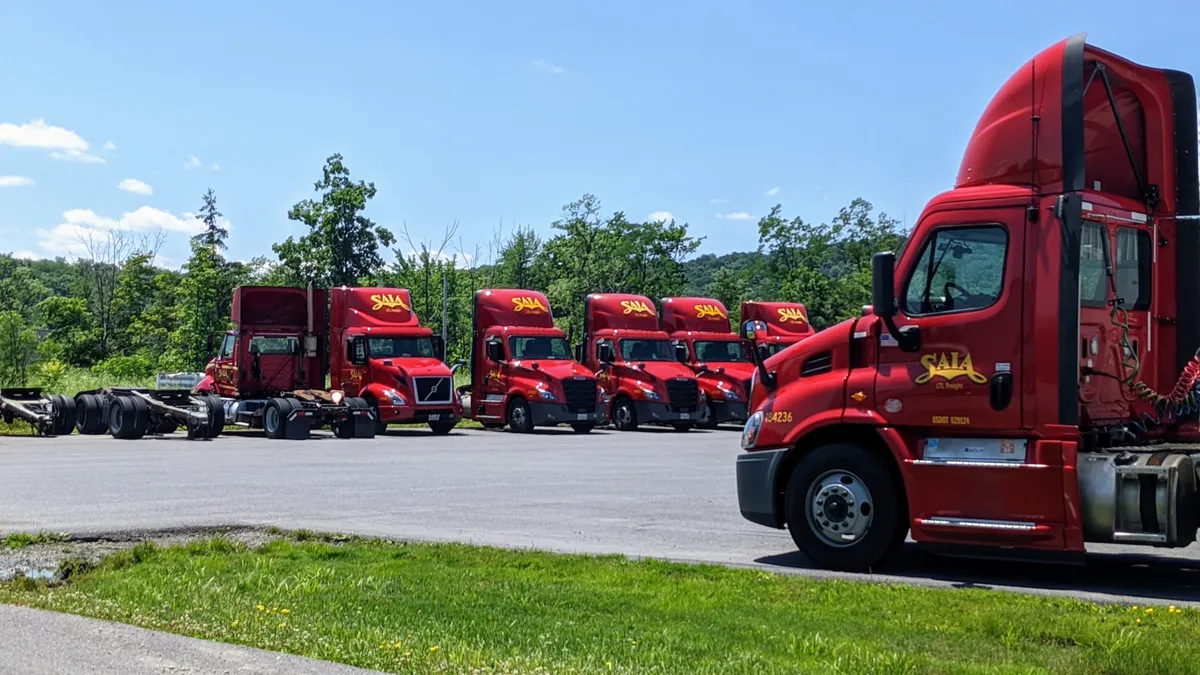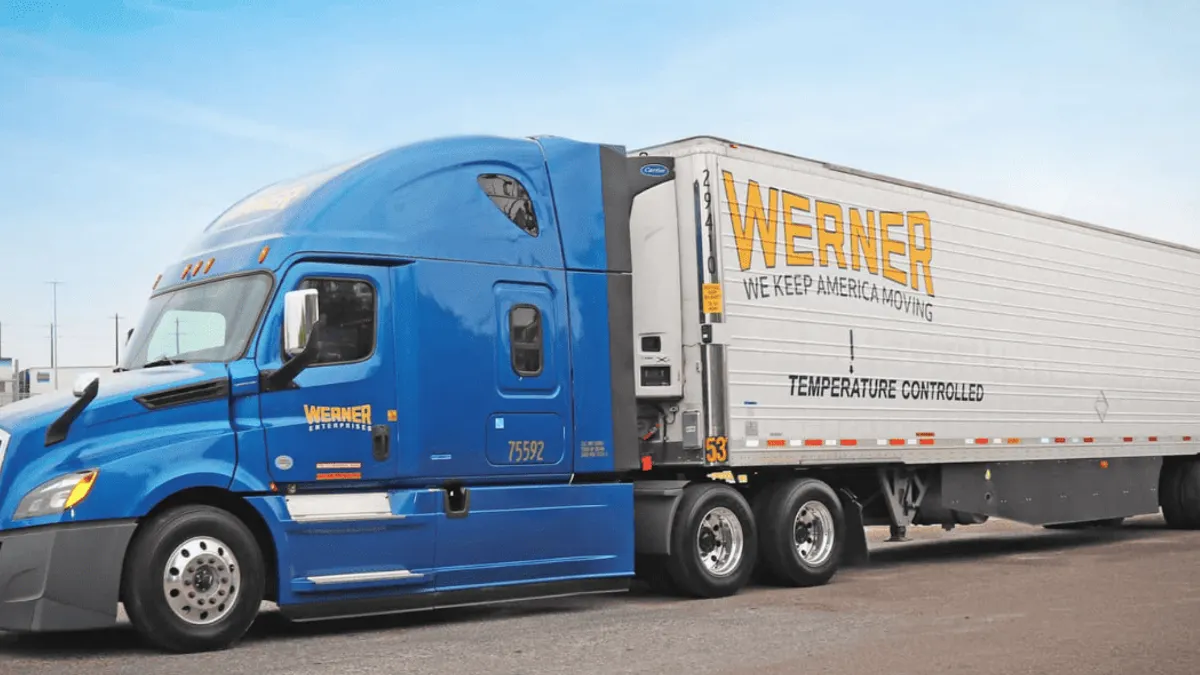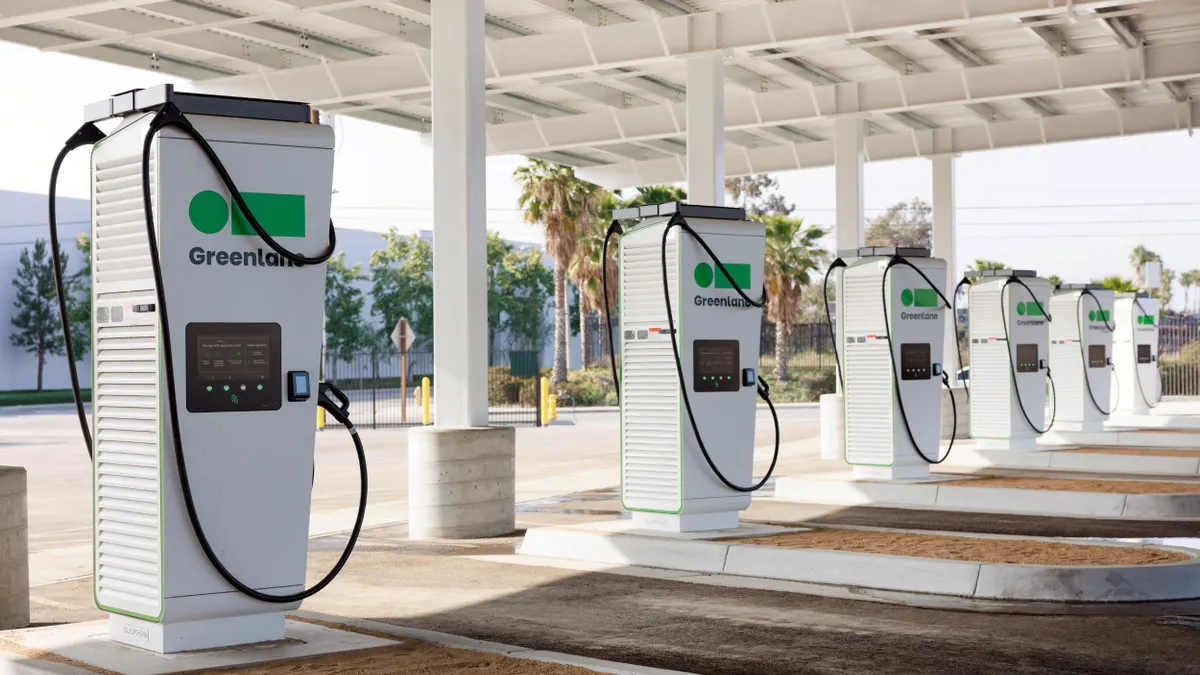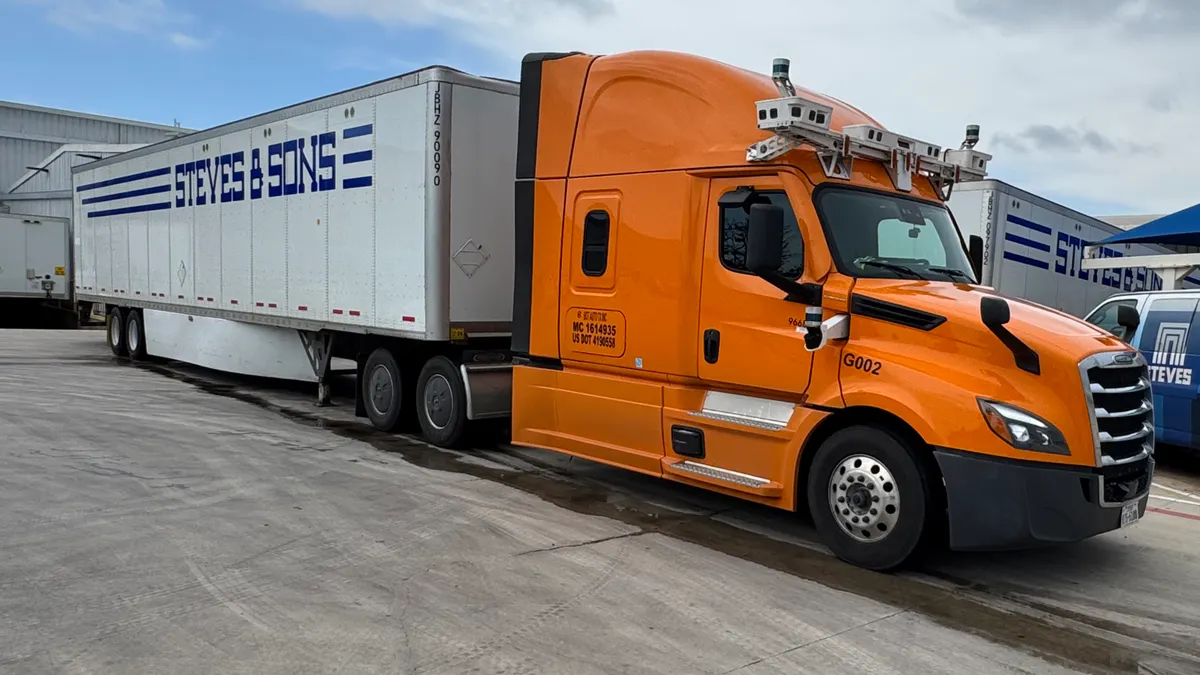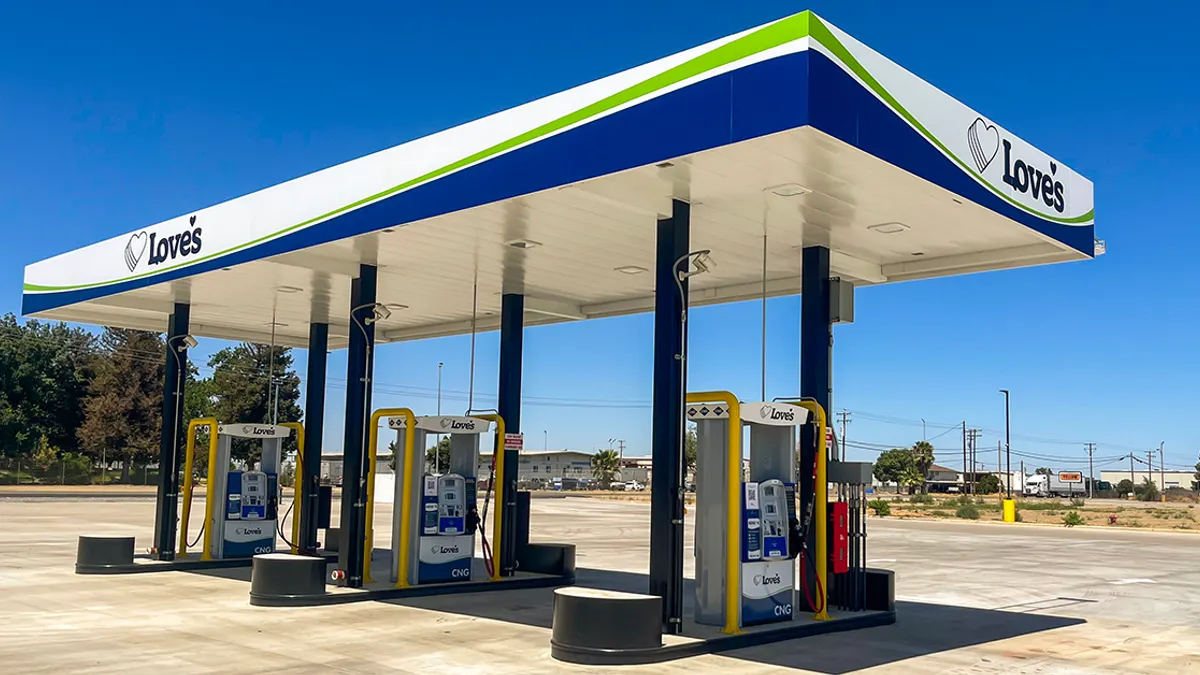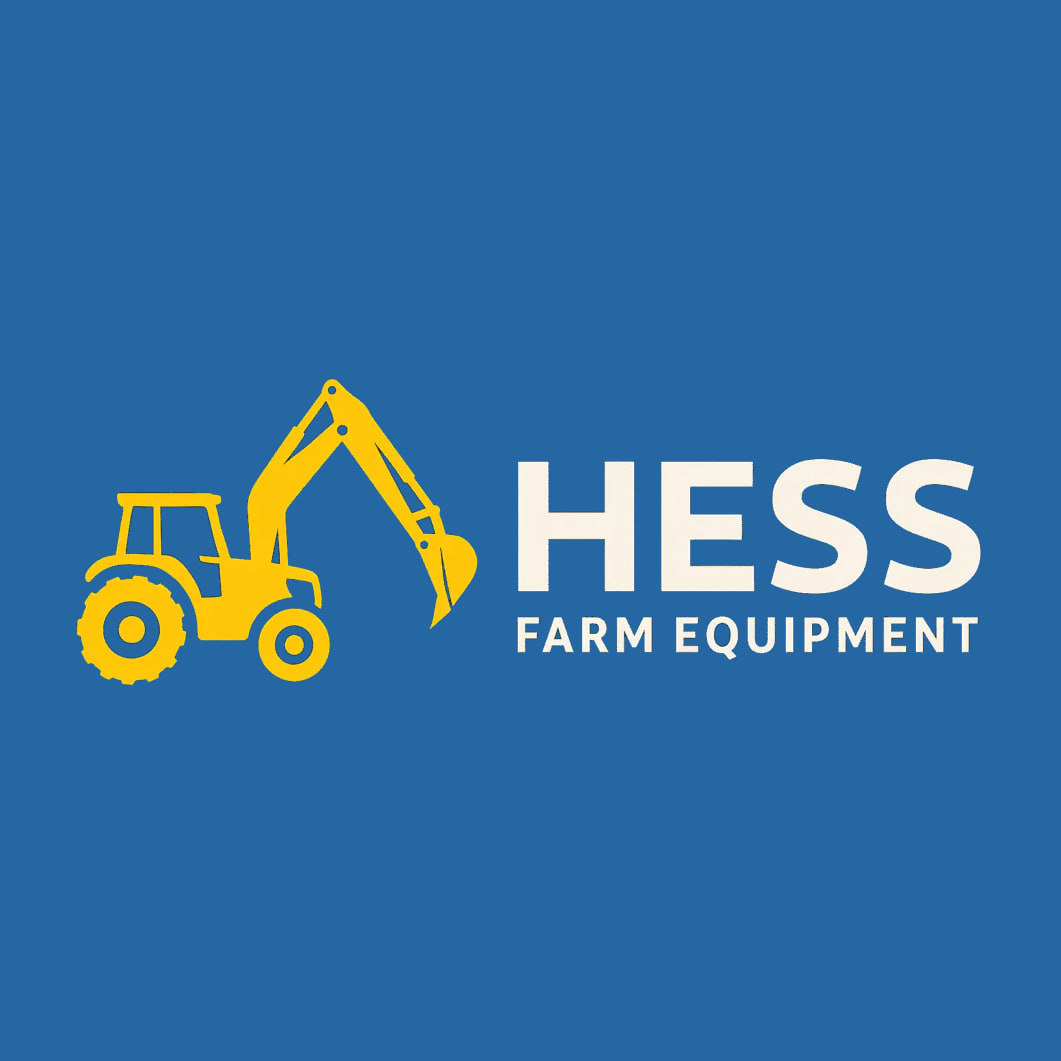Standing within view of the collapsed Francis Scott Key Bridge in Baltimore last month, Transportation Secretary Pete Buttigieg said the Biden administration’s freight initiatives aided supply chains’ response to the crisis.
Although Buttigieg did not mention the Department of Transportation’s Freight Logistics Optimization Works (FLOW) program by name, he alluded to it.
During his remarks, he touted the use of “data partnerships that did not exist prior to 2021 to monitor changing container volumes along the East Coast and help supply chain actors adapt.”
In addition to being a horrific tragedy and an economic gut punch for the port and city of Baltimore, the bridge collapse represented one of the digital platform’s first major tests.
FLOW’s goal is to improve supply chain visibility by sourcing data from its 75 members and sharing it among all of them.
Officials at C.H. Robinson Worldwide, ITS Logistics, Home Depot and IMC Companies, four of the program’s members, shared insights on its uses in a time of crisis.
C.H. Robinson was able to monitor re-bookings
While FLOW is still developing and the Port of Baltimore is not a member, the program relayed useful information and showed potential pain points amid disruption caused by the Baltimore bridge collapse, members said.
The ports of New York and New Jersey and Georgia are the only East Coast ports involved in FLOW, but “that’s a start,” said Jenna Kuehn, C.H. Robinson’s director of inland product and global forwarding.
“Being part of FLOW allowed us to see there was limited impact to containerized freight into Savannah and a slight uptick into New York/New Jersey,” Kuehn said in an email. “It also showed that chassis availability and terminal space weren’t obstacles to rerouting Baltimore freight.”
The bridge collapse required all ocean shipments into and out of Baltimore to be rescheduled, and the platform provided members forward-looking data on bookings as far as 60 days ahead, Kuehn said.
“The hope was that we could collectively see where those re-bookings were gravitating to,” Kuehn said. “Before we sent our customers’ cargo there, that would help ensure those ports had enough equipment, had enough appointments and were staffed accordingly.”
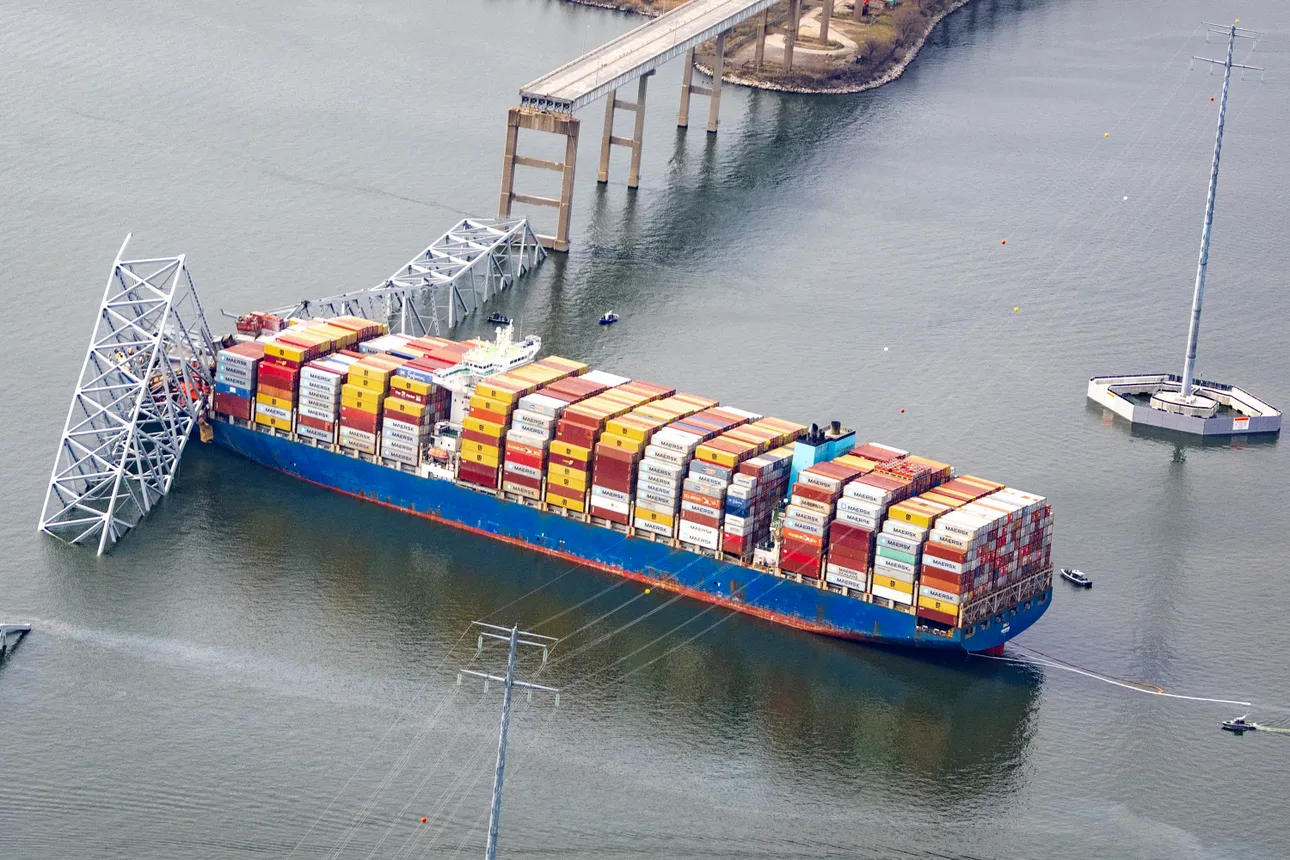
ITS Logistics employed data to deploy assets
The Baltimore bridge collapse provided a use case for how ITS Logistics and other program members can put each other’s data to use in real time, ITS Logistics SVP Adam Angle said in an interview.
“Once the incident happened, we were able to go in and assess where chassis and other assets and equipment [were] within varying markets,” Angle said.
The third-party logistics company could see where shipment volumes were increasing and other data about those markets that helped with resource distribution.
“If the market had enough chassis, then maybe we don't need to reallocate our own assets,” Angle said.
Having an eye on rising volumes at other East Coast ports provided ITS Logistics longer term benefits, too. It allowed the company to “strategically align with our customers,” sharing guidance as they adjusted their supply chains, Angle said.
“It gives us visibility from end to end on supply chains that's bigger than the scope of just trucking,” Angle said. “It's the steamship lines; it's the chassis providers — all those other contributors in there allow us to perform better.”
Home Depot wasn’t ‘nearly as impacted’ as others
Home Depot operates two distribution centers near the bridge in Baltimore, and truckers and workers who once took the bridge have been using alternative routes to reach the facilities since the collapse.
Less than 1% of the home improvement retailer’s import volume enters the U.S. through the Port of Baltimore, Sarah Galica, Home Depot VP of transportation, said in an interview.
“Compared to some other industries, we weren't nearly as impacted,” Galica said.
Still, the chance to quickly join a call with DOT officials to hear what they were doing to help alleviate the situation was a useful resource in an uncertain situation, the VP said.
“They coordinated with all the other ports in the area to make sure they had enough capacity,” Galica said. “So you could see the work they were doing.”
IMC Companies does not use FLOW operationally
According to IMC Companies CEO Joel Henry, the marine drayage provider does not use the FLOW platform for operational purposes.
Instead, FLOW is more of a historical database that the company feeds usage data to, Henry said, adding that the program is used more by its two dozen beneficial cargo owners for predictive data for congestion and volumes.
IMC shifted its local Baltimore capacity to Norfolk, Virginia; Newark, New Jersey; and Philadelphia in response to customer needs, said Jennifer Shaffer, IMC’s marketing director.
“We also shifted capacity from Newark and Philly to help with Norfolk surge,” Shaffer said in an April 22 email. “We are seeing cargo that is still at origin country ports diverted more evenly between Norfolk, Newark and Philly.”








